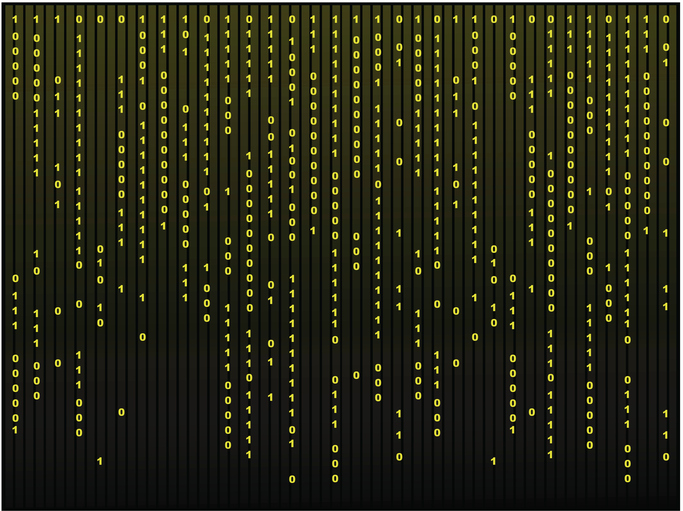Data has become a vital resource for businesses to understand how their strategy is advancing. Successfuly picturing that advance depends on initial data visualization choices.
Selecting the right visualization lets you interpret visuals at-a-glance without leaping to conclusions as absolute truths. The visuals must tell the story, and indicate the direction for digging deeper into the data sets. Failing to dig deeper might leave you with conclusions that may be generally applicable, but it risks overlooking key facts about your audiences, or about campaigns that are consequential to those audiences.
So how does an analyst select a visual that balances at-a-glance convenience with responsiveness to deeper questions? In answering that, I’ll refer to some notes from Tamara Munzner, a computer science professor at the University of British Columbia. Munzner co-authored a visualization research paper that describes four structures for eliciting the at-a-glance and in-depth functionalities that should be afforded by a given visualization.
First identify, the domain – the environment that the data is meant to describe. Who will evaluate that domain? Answering that helps to highlight what data is needed. That answer also helps in determining an abstraction – the data types that represent dimensions related to the domain. The following visualization frameworks show what kinds of data types – i.e. metrics – are possible.
Comparisons
Comparisons, of course, are meant to let marketers examine how a feature stacks up. Two kinds of comparisons typically appear in business reports.
- Comparing dimensions, such as a table
- Comparing data over time, such as line chart or a bump chart. ?
Distributions
A distribution shows the statistical spread of data, such as a histogram or a distribution chart. A distribution graph denotes if metrics are skewed one direction versus another.
Relationships
A relationship reveals the magnitude of a ratio, as well as comparisons among sets of ratios. It is also helpful for metrics that have an association or name that the audience will immediately recognize. Bubble charts and scatter charts are examples.
Composition
A composition is meant to show how segments of data relate to the whole of something viewers want to see. Pie charts, waterfall charts, and stacked charts are examples of a composition.
Each of these concepts come together to form an idiom – the way in which the data is to be examined. An idiom can be broken into two frameworks: the visual encoding (how to draw) and interaction (how to adjust the data).
Visual encoding and interaction follow a number of varying rules, but common aesthetics applied to data are position, size, shape, color, line width and line type. Aesthetics is applied to data to represent continuous values or discrete values. Continuous data values are values for which arbitrarily fine intermediates exist. That usually means a calculated value such as revenue or cost. A discrete value, on the other hand, is a specific quality of the data being described, like the horsepower of a car, or what kind of pet is groomed at a pet store.
Thus the core framework for choosing the aesthetic for a data visual is matching a comparison, distribution, relationship, or composition, to the continuous or discrete values of the data set. Lines are great for comparing continuous values (trends, regressions), while bars may be better for comparing one discrete data type to another. Shape and color are sometimes helpful to resolve position concerns. In fact, a combination of size, shape, and position can exist, such as circles on a map to show where larger markets are positioned within a geo-location.
No one-size-fits-all
There is no one-size-fits-all approach in selecting data and aesthetic. Decisions will depend on the number of items, and the display space available. Color may work well for a comparison among a few data points, but it may create a crowded graph visual if more than six or so items need to be evaluated on a slide.
Because of the variety of approaches, marketers should keep an eye open for visualization techniques. For example, Munzner created a presentation deck on visualization pitfalls to avoid (You can check it out here). And many data portals and dashboards offer a range of tips that let users learn how to leverage their solutions in making visualization choices, from template options with Google Data Studio, to tips from platforms such as Neo4j, SAS, Tableau, and RStudio.
No matter the option you choose, matching your data to visuals has important consequences for your audience. Without a good visuals for marketing data, managers have no vision for the marketplace and their brand’s position in it.








